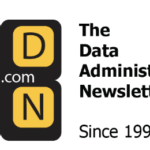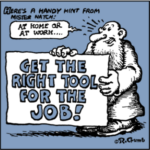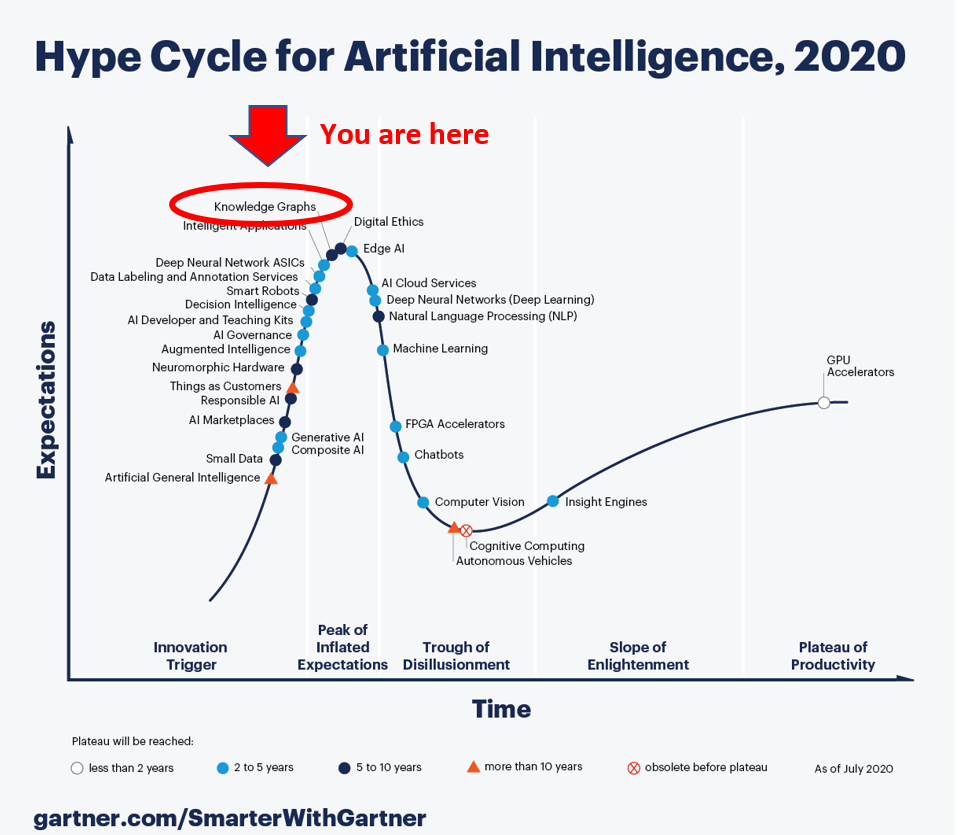“You would think that after knocking around in semantics and knowledge graphs for over two decades I’d have had a pretty good idea about Knowledge Management, but it turns out I didn’t.
I think in the rare event the term came up I internally conflated it with Knowledge Graphs and moved on. The first tap on the shoulder that I can remember was when we were promoting work on a mega project in Saudi Arabia (we didn’t get it, but this isn’t likely why). We were trying to pitch semantics and knowledge graphs as the unifying fiber for the smart city the Neom Line was to become.
In the process, we came across a short list of Certified Knowledge Management platforms they were considering. Consider my chagrin when I’d never heard of any of them. I can no longer find that list, but I’ve found several more since…”
Read the rest: Data Centric Revolution: Is Knowledge Ontology the Missing Link? – TDAN.com
Interested in joining the discussion? Join the gist Forum (Link to register here)





 For the last 20 years,
For the last 20 years, 